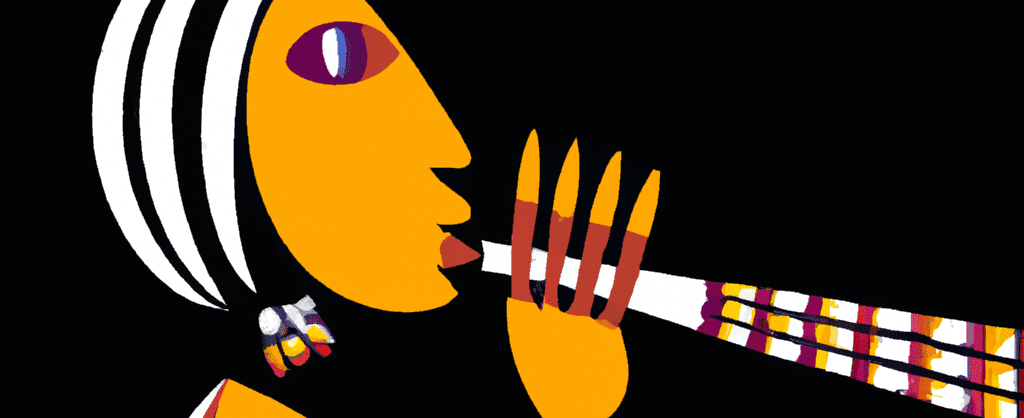In the vast symphony of human expression, certain melodies emerge from the most unexpected instruments. One such ancient and often overlooked instrument is the nose flute. As we embark on this melodic journey through time, we’ll explore the historical accounts, cultural significance, and enduring legacy of the art of nose flute playing – a unique practice that transcends boundaries and bridges cultures in the harmonious pursuit of music.
Origins and Historical Accounts
The nose flute, a seemingly simple instrument, has a surprisingly rich history that spans various cultures and epochs. Its origins trace back to ancient civilizations, where it found a place in both ceremonial rituals and everyday life.
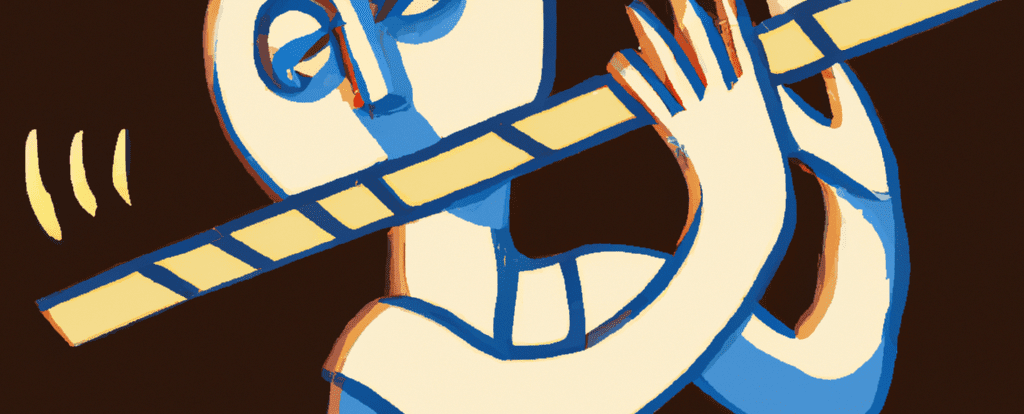
Polynesia – The Cradle of Nose Flute Artistry:
The nose flute holds a special place in the cultural tapestry of Polynesia, where it has been played for centuries. According to historical accounts, the Maori people of New Zealand were early practitioners of nose flute music. Legend has it that the first nose flute, known as the “Koauau Pekapeka,” was crafted from the bone of a whale. This instrument, intricately carved and deeply revered, became a symbol of cultural identity and connection to the divine.
In Hawaii, the nose flute, or “ʻŌhe Hano Ihu,” was used in traditional hula performances and religious ceremonies. The nose flute’s ethereal tones were believed to communicate with the spirits and establish a connection between the earthly and spiritual realms.
China – Harmonizing with History:
China also boasts a long history of nose flute playing, with records dating back to the Tang and Song dynasties. Historical texts mention the use of nose flutes in courtly and religious settings, with musicians captivating audiences with their delicate and haunting melodies. The nose flute, known as “Xun” in Chinese, evolved over the centuries and remains an integral part of traditional Chinese music, reflecting the cultural diversity of this vast nation.
North America – Indigenous Harmonies:
In the indigenous cultures of North America, nose flutes played a significant role in ceremonies and storytelling. Tribes such as the Hopi and Zuni crafted nose flutes from materials like wood and clay, infusing each instrument with cultural symbolism. The haunting notes of the nose flute were believed to invoke spirits, tell tales of ancestors, and connect the living with the spiritual world.
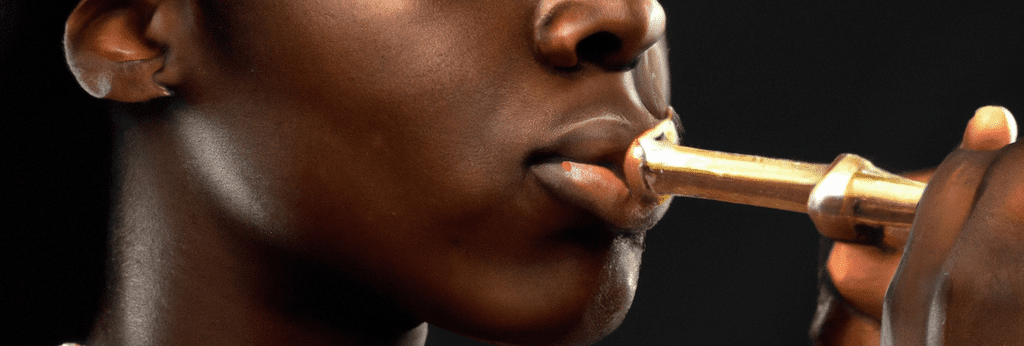
Europe – A Musical Oddity:
While not as prevalent in European history, nose flutes made sporadic appearances in certain regions. In medieval Europe, particularly in France, nose flutes found their way into the hands of troubadours and minstrels, adding a whimsical touch to the musical landscape. However, their popularity waned over time, and the nose flute became more of a musical oddity than a mainstream instrument.
Cultural Significance
The cultural significance of nose flute playing extends far beyond its function as a musical instrument. It is deeply embedded in the fabric of societies, serving as a tool for communication, spirituality, and the preservation of cultural heritage.
Connection to Nature and Spirituality:
In many cultures, the nose flute is intimately connected to nature and spirituality. The choice of materials for crafting nose flutes often reflects a reverence for the environment, with bones, wood, and shells serving as symbolic conduits between humans and the natural world. The ethereal tones produced by the nose flute were believed to carry messages to the divine, making it an integral part of religious rituals and ceremonies.
Social Cohesion and Community Bonding:
Nose flute playing often extended beyond individual expression, becoming a communal activity that fostered social cohesion. In Polynesian societies, for example, nose flute performances were shared experiences that strengthened community bonds. The act of playing and listening to the nose flute became a collective celebration of culture and tradition.
Expressing Love and Romance:
In some cultures, the nose flute took on a romantic dimension, serving as a unique means of expressing love and courtship. In Hawaii, for instance, young lovers would exchange sweet melodies through the nose flute, creating a musical language of affection. The nose flute’s intimate and personal nature added a layer of emotional depth to expressions of love and connection.
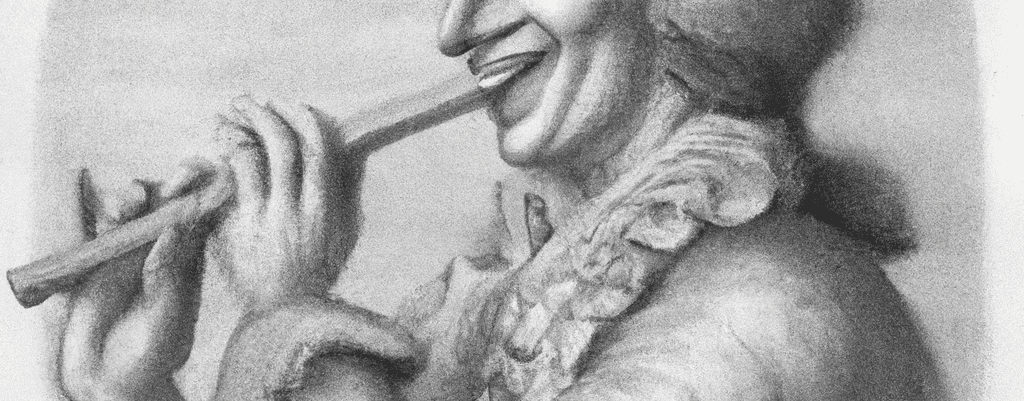
Enduring Legacy
While the nose flute may have faded from the musical mainstream in some regions, its legacy endures through contemporary revivals, cultural preservation efforts, and the continued fascination of enthusiasts around the world.
Revival and Rediscovery:
In recent decades, there has been a renewed interest in the nose flute as musicians and cultural enthusiasts rediscover its unique charms. In Hawaii, the art of nose flute playing has experienced a revival, with musicians incorporating it into modern compositions and performances. Similarly, cultural organizations in Polynesia and Asia have worked to preserve and promote the nose flute’s heritage, ensuring that its melodies resonate with future generations.
Cross-Cultural Collaboration:
The nose flute’s enduring legacy is not confined to its regions of origin. Contemporary musicians and artists are exploring cross-cultural collaborations, blending the enchanting sounds of the nose flute with diverse musical genres. This fusion not only revitalizes the nose flute but also demonstrates its adaptability and universal appeal.
Set of Twelve (12) Nose Flutes
Wood Nose Flutes
Kids Nose Flute, Trainer for Improved Speech Clarity
Educational Initiatives:
Cultural organizations and educational institutions are playing a crucial role in preserving the art of nose flute playing. Workshops, classes, and educational programs aim to pass on the knowledge and techniques associated with nose flutes, ensuring that the next generation has the opportunity to engage with this ancient musical tradition.
The Artistry of Nose Flute Playing Today
In the 21st century, the nose flute has found its place in the eclectic world of global music. Musicians and performers, both traditional and contemporary, continue to explore the sonic possibilities of this unique instrument.
Contemporary Artists Embracing Tradition:
Modern nose flute players are embracing tradition while infusing their music with contemporary influences. In Polynesia, artists are incorporating nose flutes into a broader spectrum of musical genres, from traditional chants to reggae and jazz. The nose flute’s versatility allows it to harmonize with a range of instruments, creating innovative and captivating compositions.
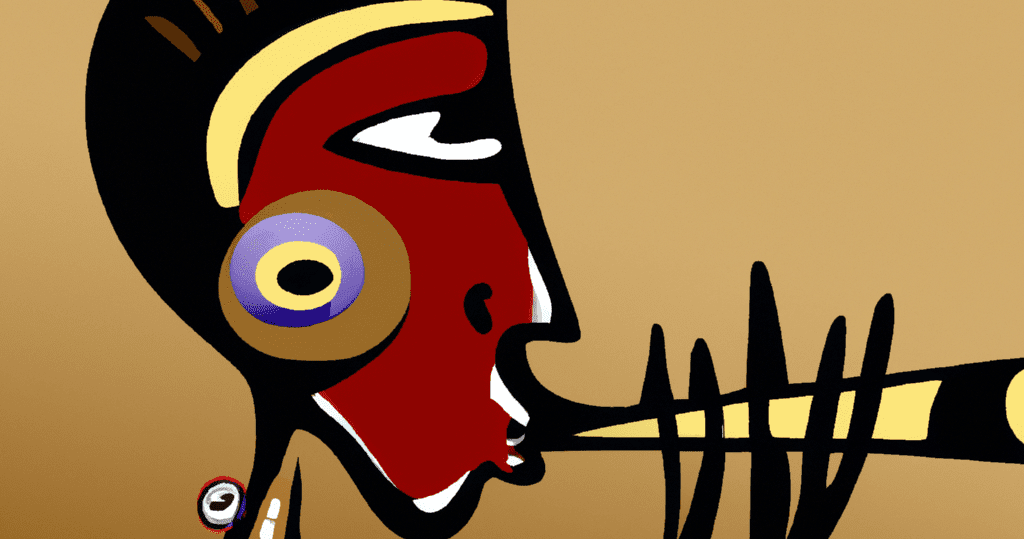
Experimental Sounds and Fusion:
Beyond traditional contexts, experimental musicians are pushing the boundaries of nose flute playing. Collaborations with electronic music, ambient sounds, and experimental genres are expanding the sonic palette of the nose flute. This cross-genre fusion not only breathes new life into the instrument but also introduces its enchanting sounds to diverse audiences around the world.
As we conclude our exploration of the ancient art of nose flute playing, we find ourselves immersed in a world where melodies echo through the corridors of time. The nose flute, once a humble instrument in the hands of ancient cultures, continues to enchant and inspire. Its journey from Polynesian rituals to modern concert halls exemplifies the enduring power of music to transcend boundaries, preserve heritage, and create harmonies that resonate across generations. So, the next time you encounter the gentle tones of a nose flute, take a moment to appreciate the ancient echoes and cultural richness that emanate from this seemingly simple, yet profoundly resonant instrument.
